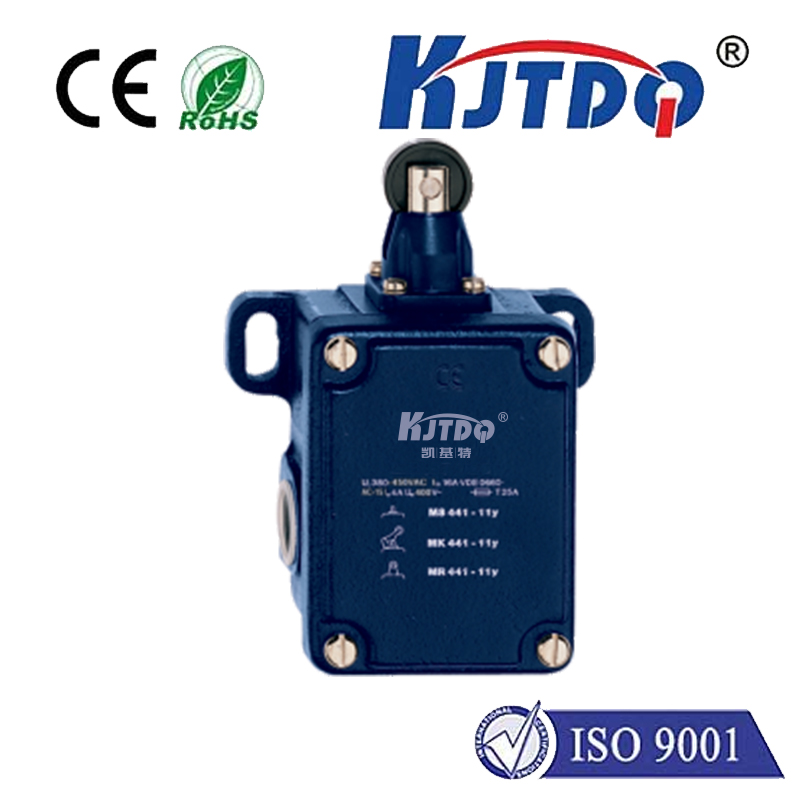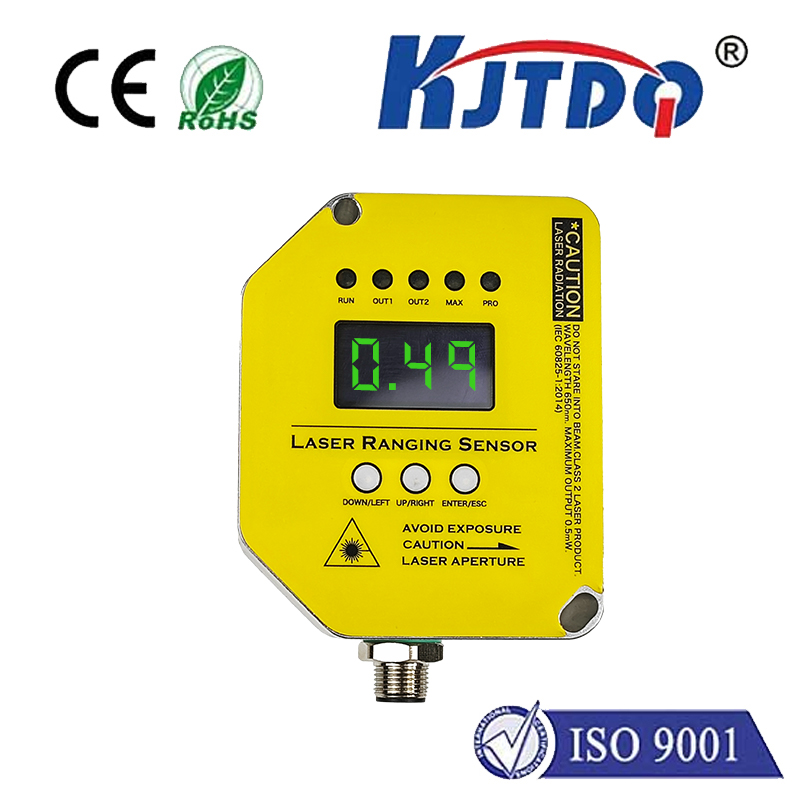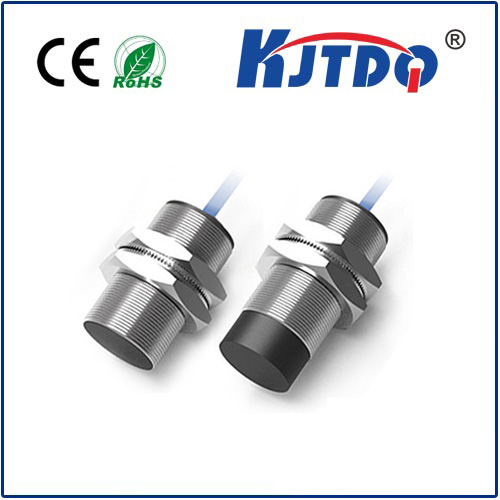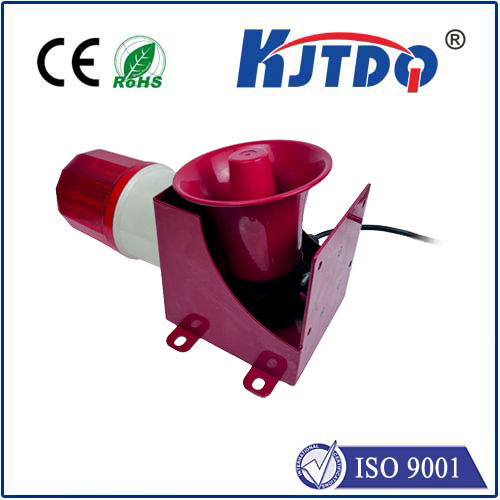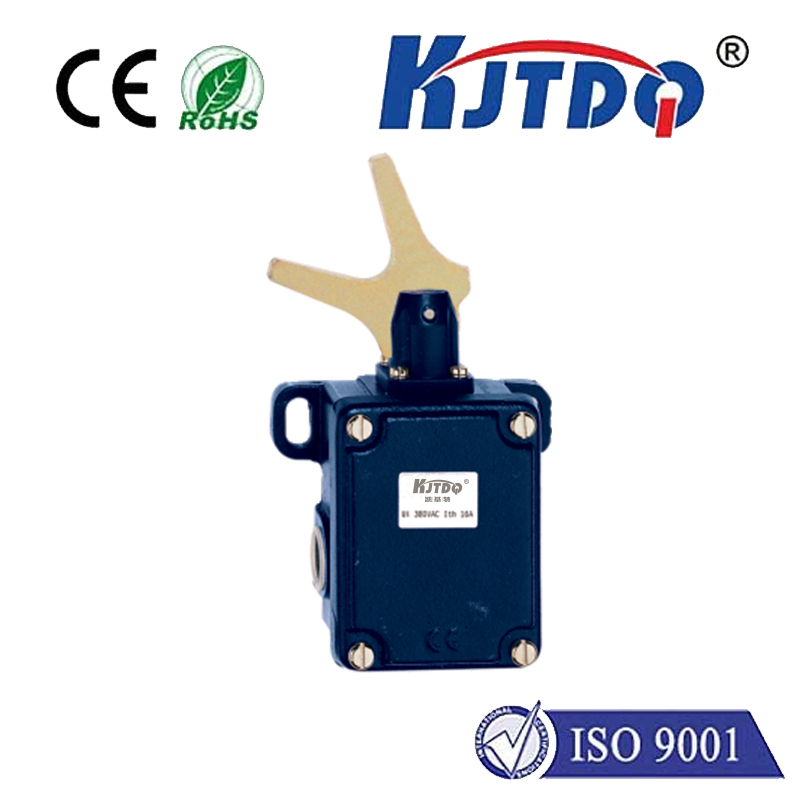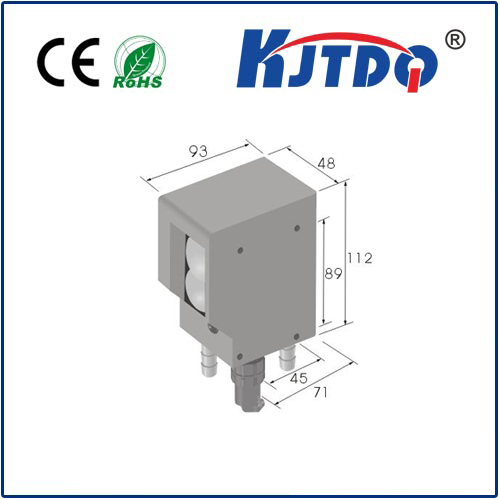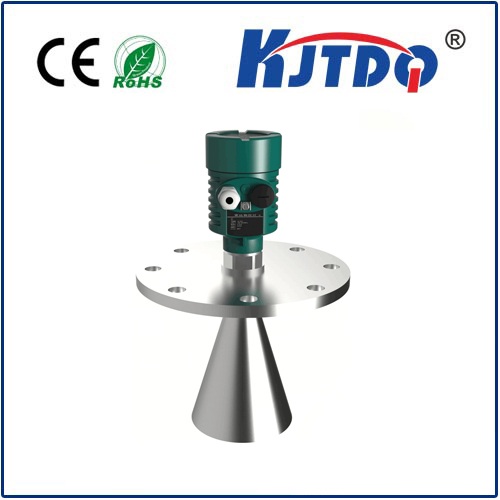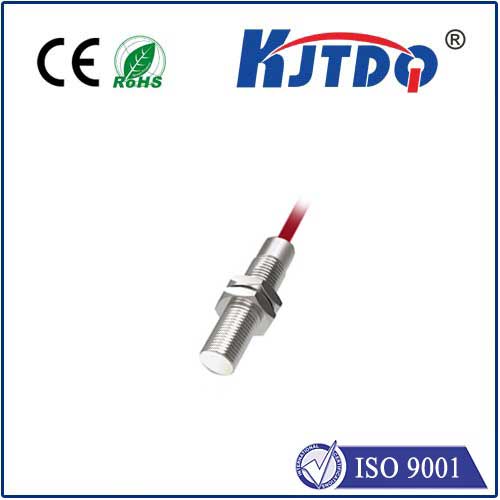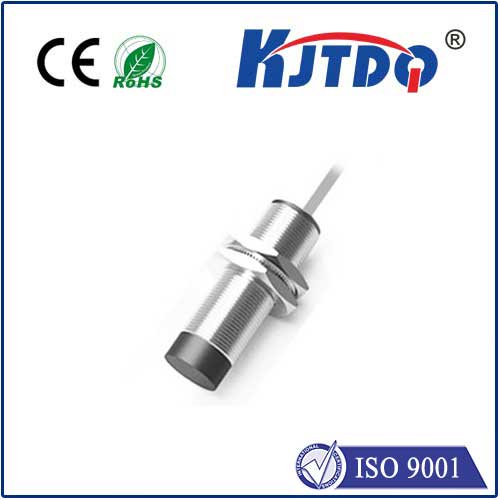
check

check

check

check
Proximity sensors, also known as infrared proximity sensors or IR pointers, have become an integral part of the Internet of Things (IoT) ecosystem. These tiny devices can detect the presence of objects or people from a distance and trigger various actions based on that proximity. As the technology continues to evolve, proximity sensors are poised to revolutionize the way we connect devices and environments, enabling new levels of automation, efficiency, and convenience.
In this article, we will explore the transformative potential of proximity sensors in IoT and examine how they are already being used in various applications. We will also discuss the challenges posed by this technology and potential future developments in this field.
The Power of Proximity Sensors in IoT
Proximity sensors offer a range of benefits that make them ideal for IoT applications. They are compact, low-power, and easy to install, which makes them suitable for a wide range of devices, such as smart home appliances, wearable fitness trackers, and industrial automation systems. Some of the key benefits of proximity sensors in IoT include:
1. Automatic detection and control: Proximity sensors can automatically detect the presence of objects or persons and trigger corresponding actions, such as turning on/off a light, opening/closing a door, or adjusting the temperature settings of a device.
2. Real-time monitoring: Proximity sensors provide real-time data on the location and movement of objects or persons, enabling seamless integration with other IoT devices and systems.
3. Cost-effective solution: Proximity sensors are relatively inexpensive compared to other types of sensors, making them an attractive option for budget-conscious IoT projects.
Examples of Proximity Sensor Applications in IoT
There are numerous examples of how proximity sensors are being used in IoT today, ranging from simple household appliances to complex industrial processes. Here are some popular use cases:
1. Smart homes: Proximity sensors can be used to automate various functions within a smart home, such as turning off lights when a person leaves a room, adjusting the thermostat based on occupancy patterns, or even controlling security systems.
2. Wearable fitness trackers: Proximity sensors can help wearable fitness trackers monitor user activity levels by detecting when the wearer is near an object or activity that requires more physical effort.
3. Industrial automation: Proximity sensors can be used in industrial automation systems to detect the presence of operators in hazardous areas, such as chemical plants or nuclear power plants, and trigger appropriate safety protocols.
Challenges and Future Developments in Proximity Sensor Technology
Despite their many benefits, proximity sensors still face some challenges in terms of accuracy, reliability, and scalability. For example, proximity sensors may not accurately detect smaller objects or those situated at a greater distance from the sensor. Additionally, the cost and complexity of integrating proximity sensors into larger IoT systems can also be a challenge for developers and businesses. In response to these challenges, researchers are working on developing more advanced versions of proximity sensors that can overcome these limitations. Some potential future developments include:
* Improved accuracy: Researchers are exploring new algorithms and techniques that can improve the precision of proximity sensor readings, particularly for small objects or those located at greater distances.
* Enhanced scalability: There is ongoing research into creating more flexible and scalable proximity sensor architectures that can support larger and more complex IoT systems.
* Integration with other technologies: Proximity sensors are increasingly being integrated with other emerging technologies, such as machine learning algorithms and artificial intelligence (AI), to enable even more sophisticated applications in IoT.
